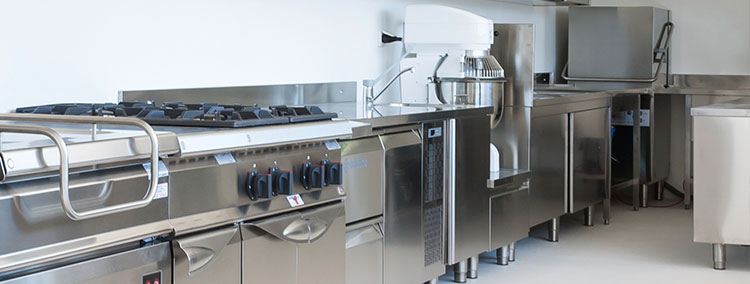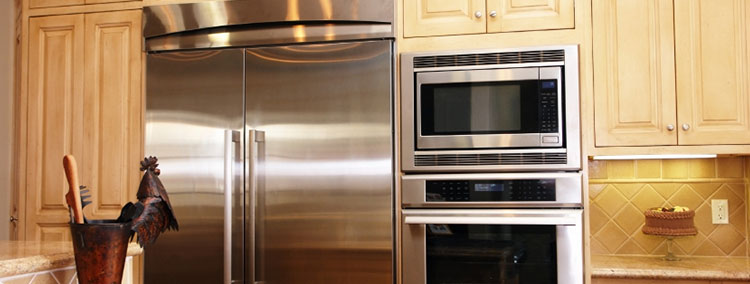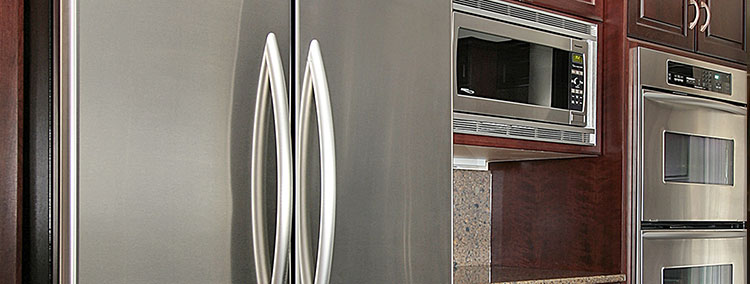Just like any other appliance, the ice maker tends to develop problems. The cool thing is that you can easily fix some of the problems with minimal guidance. Here are some of the common ice maker problems:
No ice
The ice maker fails to make ice when the bail wire is lifted, the solenoid doesn’t work or when the water’s route is blocked. There are a number of things that you can do to fix the problem:
Check the water supply: a clear sign that the problem is as a result of water supply is the buzzing sound and movement of the freezer arm. You should check the water line and ensure that it isn’t kinked behind or beneath the refrigerator.
Check the solenoid: the water line is usually attached to the solenoid located at the back and bottom of the refrigerator. The solenoid may be defective or not receiving any power.
You should disconnect the refrigerator from the power and then remove the sediment screen inside the solenoid. If the solenoid is defective you should hire a commercial appliances repair professional to replace it for you.
When testing the solenoid you should also check the seals and diaphragms and ensure that they are also functioning perfectly.
Ice maker doesn’t turn off
Does you appliance keep on making ice even when you turn it off? You can fix the problem by lifting the bail wire. When you do this you will shut off the ice maker. You should then remove the ice bin and using a screwdriver remove the ice maker and clean it thoroughly.
If you do this and the problem still persists you should hire a commercial ice maker maintenance professional to take a look at it.
Ice maker doesn’t eject ice
It’s very common for the appliance to make ice, but fail to eject it. The problem is often brought up by motor problems. You need to have the skills to replace the motor thus you should leave the work to an ice maker contractor.
Frozen ice maker
When it’s too cold it’s easy for the freezer pipes to freeze. The good thing is that it’s easy to fix the problem as you only need to warm the hose. To do this you need to train a hair dryer on the ice and melt any ice that may be blocking the mechanism. When warming the ice you should be keen that you don’t shot the wires causing fire.
Conclusion
While you can fix some of the problems, there are other problems that you can’t and have to hire an ice maker technician Falls Church. As rule of thumb you should ensure that the professional you hire is experienced and certified to work in your area.


